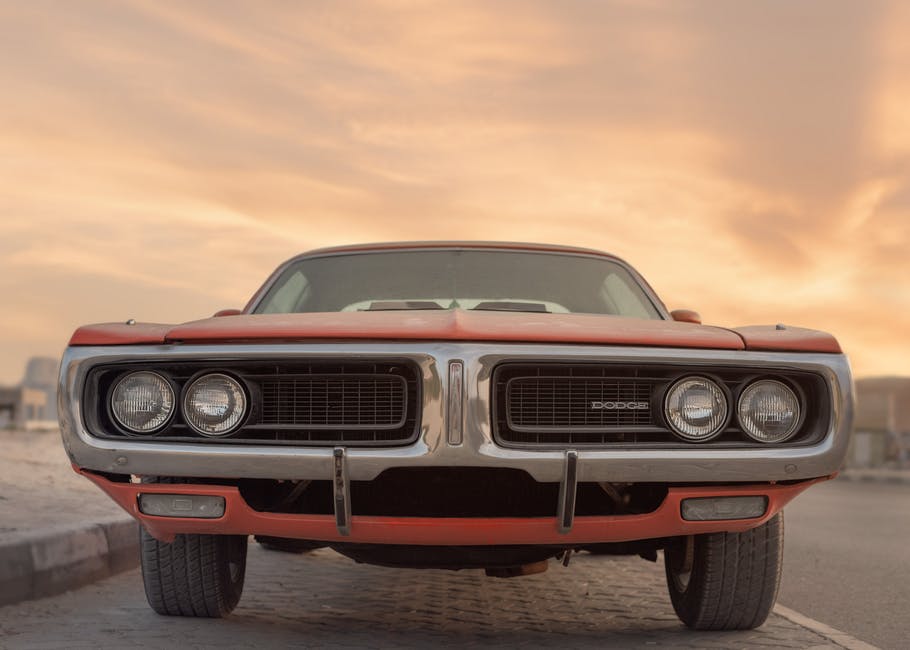In the life of every classic car owner, there often comes a time when you need to move it somewhere. The question is: how do you go about it?
Sure, you could use a truck and trailer to transport it yourself. However, this takes time and effort—not to mention driving expenses. That’s particularly true if you’re going to, say, a car show at the other end of the country.
The easiest solution, then, is to leave classic car transportation to the pros. Here’s how to choose the right carrier and services for your needs.
Transport Options
There are two main types of car shipping: open and closed. In essence, this is a question of affordability versus security.
Open transport involves loading a car onto an open trailer and fixing it in place. That can leave it susceptible to scratches and damage from inclement weather. This is an issue if you live in an area that’s prone to hail.
If you’re transporting vehicles over water, your carrier will board it on a ro-ro (roll-on/roll-off) ship. Your car will then travel alongside other vehicles on the ship’s deck. Ro-ro transport is another method of open transport.
Closed transport involves loading a car into an enclosed trailer. With over-water travel, your car will get shipped in a steel shipping container. These containers are then loaded onto a cargo ship for transport.
Both open and closed transport can be effective shipping methods. In general, closed transport is better for classic muscle cars in pristine conditions. That said, it’s also more expensive.
Choosing a Carrier
Before choosing your transport company, do your research. That includes reading reviews, checking BBB, and looking at their FMCSA records.
Make sure to pick a carrier that specializes in classic car shipment. Most of these companies use nylon straps and choke to secure the car in place. Using metal or chains is a big no-no, as they can damage your vehicle.
Know the difference between auto brokers and fleet-owned companies. An auto broker doesn’t own or manage the fleet used to transport cars. Instead, they act as the middleman and handle the logistics of transport.
Hiring a broker makes it easier to ship a car anywhere you like. The downside is that most brokers won’t tailor their service to you. Still, good car shipping companies work with reputable carriers, so there’s little cause for concern.
Preparing Your Vehicle
Your carrier will give you instructions for preparing for transport. Read them carefully, as they may include fuel restrictions and safety considerations.
Make sure your vehicle is clean and that there are no personal items left inside. Take pictures of it, preferably in good lighting and from several angles. That will make it easier to identify any damage during transport.
Keep in mind that classic car insurance often only covers negligence. For that reason, it’s best to cover your car with an agreed value policy. If there are unforeseen circumstances, this will help you recoup your investment.
Classic Car Transportation Made Easy
Whether you’re selling your classic car, buying a new one, or moving it to a show or specialist, you’ll need a secure way to transport it. The above guide covers the basics of classic car transportation to make this task easier.
Not sure what qualifies as a classic car? Check out our guide to classic cars in the Classic Car Info section!

